I have a panorama image, and a smaller image of buildings seen within that panorama image. What I want to do is recognise if the buildings in that smaller image are in that panorama image, and how the 2 images line up.
For this first example, I'm using a cropped version of my panorama image, so the pixels are identical.
import cv2
import matplotlib.pyplot as plt
import matplotlib.image as mpimg
import numpy as np
import math
# Load images
cwImage = cv2.imread('cw1.jpg',0)
panImage = cv2.imread('pan1.jpg',0)
# Prepare for SURF image analysis
surf = cv2.xfeatures2d.SURF_create(4000)
# Find keypoints and point descriptors for both images
cwKeypoints, cwDescriptors = surf.detectAndCompute(cwImage, None)
panKeypoints, panDescriptors = surf.detectAndCompute(panImage, None)
Then I use OpenCV's FlannBasedMatcher to find good matches between the two images:
FLANN_INDEX_KDTREE = 0
index_params = dict(algorithm=FLANN_INDEX_KDTREE, trees=5)
search_params = dict(checks=50)
flann = cv2.FlannBasedMatcher(index_params, search_params)
# Find matches between the descriptors
matches = flann.knnMatch(cwDescriptors, panDescriptors, k=2)
good = []
for m, n in matches:
if m.distance < 0.7 * n.distance:
good.append(m)
So you can see that in this example, it perfectly matches the points between images. So then I find the homography, and apply a perspective warp:
cwPoints = np.float32([cwKeypoints[m.queryIdx].pt for m in good
]).reshape(-1, 1, 2)
panPoints = np.float32([panKeypoints[m.trainIdx].pt for m in good
]).reshape(-1, 1, 2)
h, status = cv2.findHomography(cwPoints, panPoints)
warpImage = cv2.warpPerspective(cwImage, h, (panImage.shape[1], panImage.shape[0]))
Result is that it perfectly places the smaller image within the larger image.
Now, I want to do this where the smaller image isn't a pixel-perfect version of the larger image.
For the new smaller image, the keypoints look like this:
You can see that in some cases, it matches correctly, and in some cases it doesn't.
If I call findHomography with these matches, it's going to take all of these data points into account and come up with a non-sensical warp perspective, because it's basing it on the correct matches and the incorrect matches.
What I'm looking for is a missing step in between detecting the good matches, and calling findHomography, where I can look at the relationship between the matches, and determine which matches are therefore correct.
I'm wondering if there's a function within OpenCV that I should be looking at for this step, or if this is something I'll need to work out on my own, and if so how I should go about doing that?







